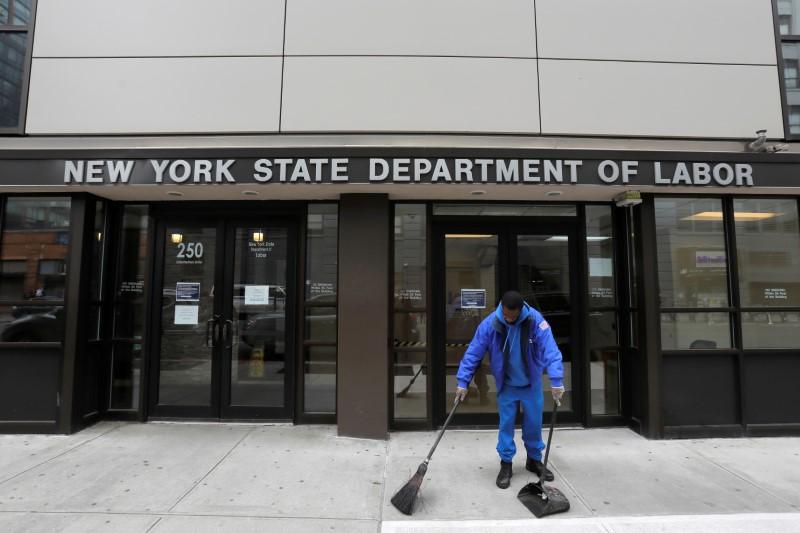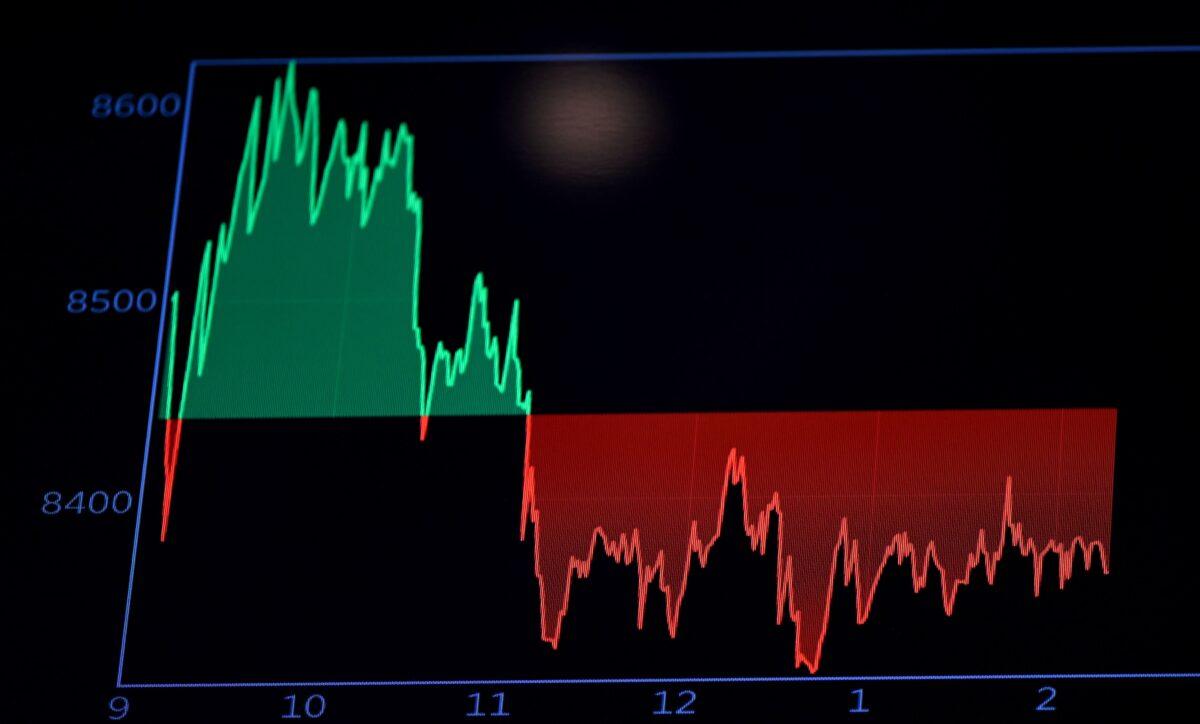This is a historic high for weekly unemployment claims in the United States, amounting to nearly twice as many as the previous week and almost 10 times the pre-COVID-19 crisis record of 695,000, set in 1982.
The Department of Labor blamed the spike in unemployment on the pandemic.
“The COVID-19 virus continues to impact the number of initial claims. Nearly every state providing comments cited the COVID-19 virus,” the agency said.

But while job losses in accommodation and food services continued to lead the downward slide, the Labor Department said that this week, there was a broader fallout across industries.
“Many states continued to cite the health care and social assistance, and manufacturing industries, while an increasing number of states identified the retail and wholesale trade and construction industries,” the Labor Department wrote.

There was an upward revision of last week’s numbers, which were marked up by 24,000 from 3,283,000 to 3,307,000.
The figures far exceeded the median estimate of 3.50 million in a Reuters survey of economists; some estimates ranged as high as 5.25 million.
Many economists believe there is still more downside for the labor market.

The mounting economic fallout almost certainly signals the onset of a global recession, with job losses that are likely to dwarf those of the Great Recession more than a decade ago.
Roughly 90 percent of the U.S. population is now under stay-at-home orders, and many factories, restaurants, stores, and other businesses are closed or have seen sales shrivel.
“My anxiety is through the roof right now, not knowing what’s going to happen,” said Laura Wieder, laid off from her job managing a now-closed sports bar in Bellefontaine, Ohio.
Forecast: 20 Million Jobs May Be Lost by Summer
A Washington-based think tank has made a dire forecast of 20 million jobs lost by summer.“This kind of upending of the labor market in such a short time is unheard of,” said Heidi Shierholz, an economist at EPI.
“This large drop in GDP is consistent with 19.8 million jobs lost by July, bringing unemployment rates across the country into the mid-teens,” the analysts said in the report.
The researchers say the resulting recession “appears to be deeper and more prolonged than we were led to believe just 14 days ago, when we last updated our forecasts, not just in the U.S. but globally as well.”
Both Bank of America and Goldman Sachs expect a sharp rebound after the pandemic subsides in the United States.
“We’re expecting the unemployment rate to spike,” Bullard said, noting that the federal relief package will help those who lose their jobs. “But once the virus goes away, we’ll be able to return to normal.
“Hopefully, if this all works smoothly—and there’s a lot in the legislation as well—we’ll be able to come out on the other side and get the economy rocking again.”






Friends Read Free